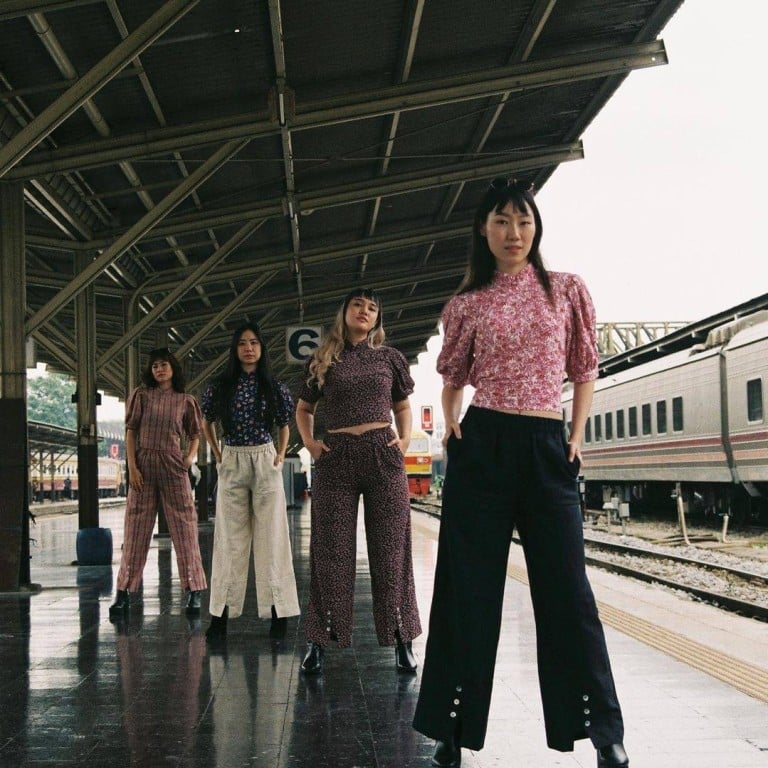5 designers giving traditional Asian fashions a modern update: Star Wars’ Kelly Marie Tran wore an ao dai by Thai Nguyen to the Oscars 2022, while Rihanna donned a Guo Pei look at the Met Gala

- Thai Nguyen was told his designs were ‘too Vietnamese’, but now stars like Raya and the Last Dragon’s Kelly Marie Tran are wearing garments like the ao dai with pride
- When Rihanna arrived at the Met Gala in a stunning yellow dress with an embroidered 4.9-metre train, she rightly drew global attention to Chinese couturier Guo Pei
Ao dais, cheongsams, samfus and hanboks aren’t just for Lunar New Year any more.
Take representative Marilyn Strickland, who wore a hanbok – a traditional Korean dress – when she was sworn into Congress in 2021; or Kelly Marie Tran, who’s starred in movies like Raya and the Last Dragon and several films in the Star Wars franchise, who graced the 2022 Oscars red carpet in a glimmering emerald ao dai, a traditional Vietnamese dress.

The dress’ designer, Thai Nguyen, spoke about what she felt when she saw Tran being photographed by the world’s media at the Hollywood event: “To have my name authentically ‘Thai Nguyen’ and then having that ao dai on the world’s biggest red carpet, it’s proud.”
Having that kind of authentic representation on the red carpet can have a lasting ripple effect. Nguyen said when a follower’s daughter first saw Tran wearing an ao dai to the 2021 virtual Raya premiere, she instantly grabbed her own ao dai from her wardrobe. Her mother said she didn’t want to wear Cinderella dresses any more.
“It woke me up, and it woke our community up,” Nguyen said.
Cultural appropriation of Asian fashion has existed for centuries

Throughout history, Western nations and luxury fashion houses have fetishised Asian cultures through their garments. That hasn’t stopped in recent years.
Until 2020, retailer Pretty Little Thing’s website sorted cheongsams complete with leg-slits under an “Oriental” category.
In the luxury fashion space, Dolce & Gabbana cancelled what was to be the biggest show in the house’s 33-year-history after airing commercials of a narrator ridiculing an Asian model for using chopsticks to eat pizza and cannoli.
